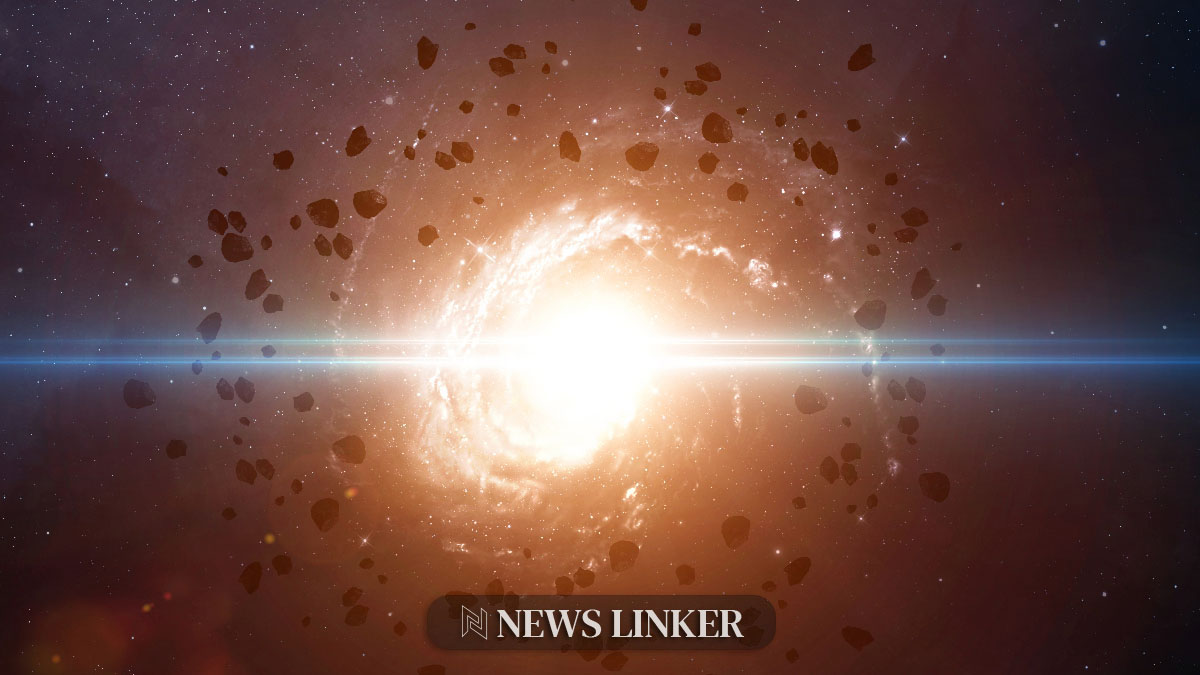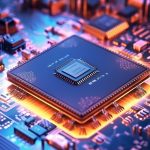The brightest gamma-ray burst (GRB) ever recorded, GRB 221009A, recently posed a significant cosmic puzzle. Despite its immense luminosity and energy, the associated supernova lacked heavy elements typically expected from such explosive events.
Gamma-ray bursts have captured the attention of astrophysicists and astronomers since the late 1960s when they were first identified by American satellites. Initially a Cold War surveillance byproduct, these bursts evolved into a field of study in their own right, with nearly one detected every day. Over decades, research has indicated that short GRBs result from neutron star mergers, while long-duration GRBs are born from massive stars collapsing into black holes. The recent “B.O.A.T” or “Brightest Of All Time” GRB, however, has sparked fresh intrigue due to its unexpected elemental composition—or lack thereof—revealed by the powerful James Webb Space Telescope (JWST).
What Was the Cause of GRB 221009A?
Observations from the Neil Gehrels Swift Observatory and the Fermi Gamma-Ray Space Telescope on October 9, 2022, confirmed that GRB 221009A was caused by a collapsing massive star. This conclusion was historically supported by similar analyses of long-duration GRBs. The scientific community had previously explored various potential sources of GRBs, with theories ranging from comet-neutron star collisions to black hole formations, but consensus was built around the collapse of massive stars for long events.
How Did JWST Challenge Previous Assumptions?
In a study titled “JWST detection of a supernova associated with GRB 221009A without an r-process signature” published in Nature, lead researcher Peter Blanchard from the Center for Interdisciplinary Exploration and Research in Astrophysics (CIERA) and his team used the JWST to investigate the GRB 221009A. The JWST’s Near Infrared Spectrograph (NIRSpec) pierced through the Milky Way’s obfuscation to observe the GRB’s afterglow and the associated supernova. Despite the GRB’s intensity, the NIRSpec detected no heavy elements, casting doubt on the role of such extreme events in the production of these essential components of the universe.
What Does This Mean for the r-Process Theory?
The r-process, a rapid neutron capture process, is known to create about half of the elements heavier than iron. Previous confirmations of the r-process have come from neutron star mergers, also known as kilonova explosions. Given the rarity of these events, another source for heavy element production has been a subject of research. The lack of heavy elements in the supernova accompanying GRB 221009A suggests that such extreme events may not be primary sources for these elements, challenging previously held notions in the astrophysics community.
Helpful Points
- GRB 221009A, the brightest gamma-ray burst recorded, lacked heavy elements.
- JWST’s NIRSpec could not detect heavy elements in the GRB’s associated supernova.
- The r-process for heavy element creation in such extreme events is now questioned.
As the search for the origins of heavy elements continues, the unusual characteristics of GRB 221009A’s host galaxy, such as its low metallicity and active star formation, might offer insights into why this particular GRB was so luminous yet the supernova appeared standard. This GRB’s unique context could hold the key to understanding the synthesis of the universe’s heaviest elements. The JWST, fulfilling its mission, has both solved a part of the cosmic puzzle and unveiled a new enigma, underscoring the ongoing complexity of our universe’s phenomena.










